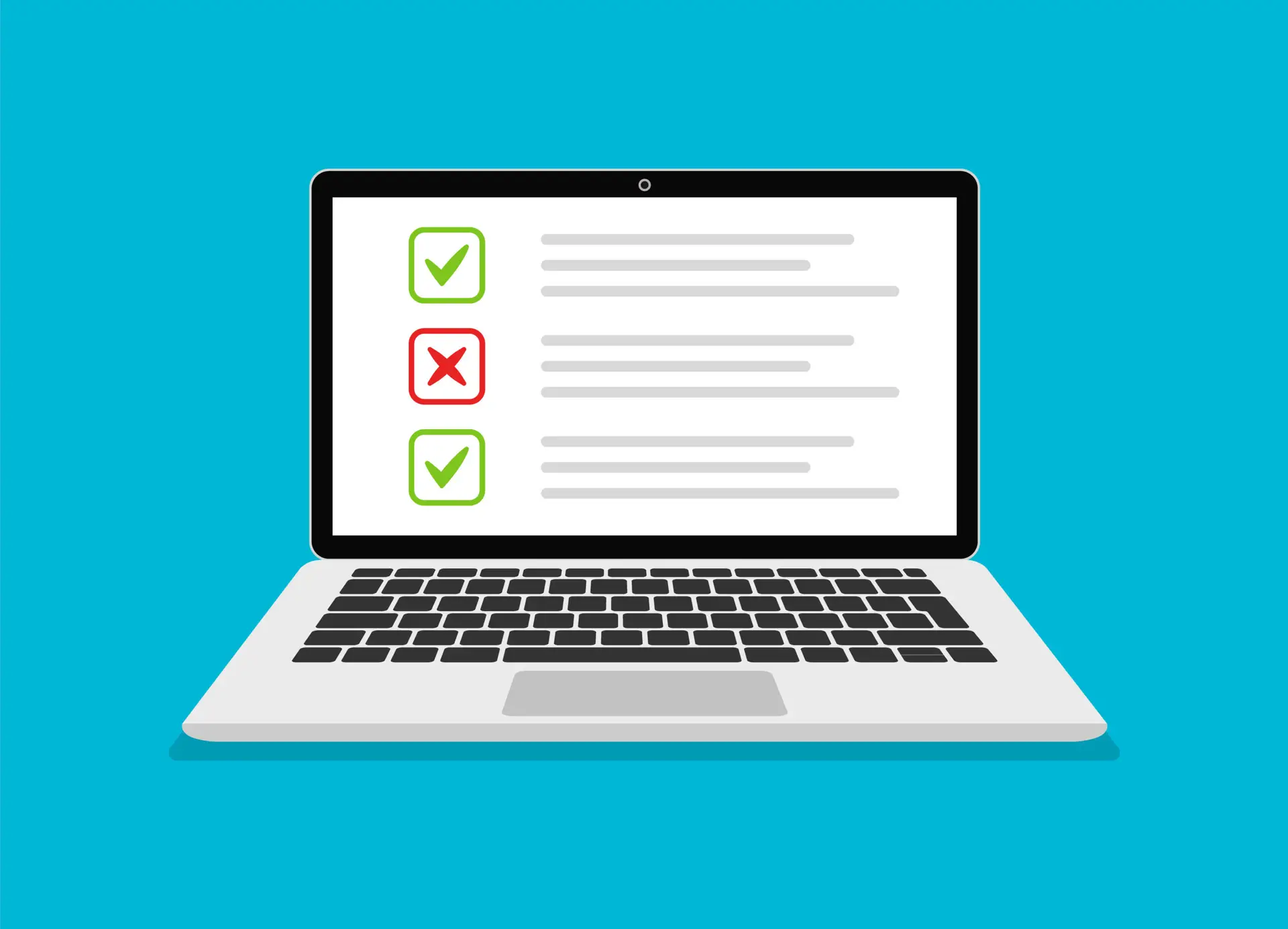Introduction
Taking out private health insurance is a way for single Australians to get a bit more control over their healthcare – whether you want to jump the queue with shorter wait times or get access to more specialists and private hospital options.
But how much does it actually cost? That’s a question on the lips of most singles considering private health insurance – especially if you’re on a budget. So let’s give you a simple breakdown for how to choose a plan that balances your budget with your healthcare needs.
What is the average cost of private health insurance for singles?
The amount you’ll pay for private health insurance in Australia will depend on things like your level of cover, your age and where you live. Below we’ve put together a general breakdown of the average annual costs for singles across the three different types of cover: combined hospital and extras, hospital cover and extras-only policies.
1. Hospital Only Cover
Hospital-only cover tends to be a fair bit cheaper while still covering you for in-hospital treatments. You just won’t get any of the added benefits of dental, optical and physiotherapy.
Our research shows that singles aged under 65 can expect to pay, depending on the tier you choose, between:
- Basic cover: $77.69 – $99.45 per month; average monthly premiums of $88.57
- Bronze cover: $93.70 – $132.53 per month; average monthly premiums of $113.12
- Silver cover: $122.55 – $290.00 per month; average monthly premiums of $206.28
- Gold cover: $248.90 – $343.60 per month; average monthly premiums of $296.25
Note that these figures don’t include the rebate, which can reduce your monthly premiums.
2. Extras-only cover
If you’re only interested in covering services outside the hospital, such as dental and optical, an extras-only policy is available at the lowest cost of all:
Our research shows that the average cost of extras cover is $99.89 per month, discounted to $75.31 when rebated. However, depending on the policy, your premiums for extras-only could be lower or higher than that, up to $196.30 per month.
Extras-only policies will differ from provider to provider, so make sure you do your research into the exact services covered and any annual/lifetime limits for benefits. Also be aware that if you are taking out private health insurance for the purpose of avoiding the Medicare Levy Surcharge or Lifetime Health Cover (LHC) loading, extras-only cover won’t help.
3. Combined hospital and extras cover
For singles looking to combine both hospital and extras cover, you might be able to get a better deal with one single policy rather than two separate ones (i.e. one combined, instead of two hospital and extras policies). But you’ll want to shop around and make sure the amount of cover works for you – and your budget.
Source: www.privatehealth.gov.au – 12/11/2024. Data is based on health insurance policies listed on the official Australian Government Private Health website. Exclusions include OSHC, visitor, corporate policies, and those from restricted funds. The Australian Government Private Health Insurance Rebate, Base Tier for under 65s, at a rate of 24.608%, has been factored into the premiums. Average premiums are calculated based on state-wide averages for Western Australia, Hospital Only cover, and Extras Only cover(APRA Quarterly Private Health Insurance).

What impacts the cost of private health insurance for singles?
Several factors can play a role in how much you’ll pay for private health insurance as a single person, including but not limited to:
1. Level of cover
Health insurance in Australia is split into four main tiers: Basic, Bronze, Silver and Gold. Within some of these tiers there will also be additional ‘plus’ packages, such as Silver-Plus. Each tier has its own set of included treatments, but you can take it for granted that higher tiers will cover a greater number of – and far more specialised – treatments.
- Basic: The most affordable cover that generally only includes essential services. You can expect limited hospital treatments and benefits.
- Bronze: Has a bit more bang for your buck, with cover for some common treatments but typically excluding complex procedures.
- Silver: Covers a wider range of treatments, including some common surgeries.
- Gold: The highest tier that includes a comprehensive list of treatments, including complex surgeries and specialty services like pregnancy and obstetrics.
For many singles, Basic and Bronze policies tend to be popular for their affordability, while Silver and Gold tiers can give you total peace of mind if you need more extensive cover.
2. Excess
Most policies will let you choose an excess, which is an upfront payment you agree to make if you’re ever hospitalised and need treatment. Choosing a higher excess can lower your monthly premiums, but it means you’ll pay more out-of-pocket if you’re admitted to the hospital.
3. Government rebates and discounts
The Australian government created a private health insurance rebate to help cover the cost of premiums. Be aware that the rebate is income-tested, but it can reduce your premiums by up to 24.608% if you’re under 65 and earn less than $97,000 annually. Even if you earn a little more, you might still be eligible for a decent kickback to make your insurance more affordable.
Additionally, there’s an age-based discount for those who take out insurance between the age of 18 and 29. You can earn up to a 10% discount on your premiums that can be retained into your 40s, so long as you maintain your eligible cover.
4. Where you live
Health insurance costs can also vary by state, especially as things like the cost of performing healthcare, state regulations and risk pools differ. Big cities like Sydney or Melbourne might be more expensive for premiums compared to health funds servicing Western Australia, for example.
5. Lifestyle and health needs
Singles with existing healthcare needs might choose to add extras for services you use all the time, whether that’s dental, optical, physiotherapy or another specialty service. If you’re someone who rarely visits the doctor or specialist, basic hospital cover without extras might be enough – without breaking the bank.

Portability
Don’t re-serve waiting periods when you switch to a new health fund or policy
“John was immediately covered for a hip replacement in private hospital because he had already served his waiting periods for joint replacements on his old policy”
Tips on how to reduce your health insurance costs
- Choose a higher excess: Selecting a higher excess when you take out your private health insurance policy can keep your premiums low.
- Look for age-based discounts: If you’re under 30, you can get a discount that will last into your 40s.
- Check for government rebates: The income-based rebate can greatly reduce your costs (if you qualify) over the life of your policy.
- Compare policies regularly: Compare and save with Fair Health Care Alliance to see if you’re getting the best deal or if switching providers could save you money.
Reassess your needs every year: Your health needs can – and will – change over time, as will your lifestyle circumstances. Reviewing your policy annually can help make sure you’re never overpaying for your private health insurance.
Conclusion
As you explore options, think about what treatments and services you’ll realistically use. Comparing health insurance online is a great way to see a side-by-side comparison of different tiers and policies.
Fair Health Care Alliance is here to help single Australians find a balanced plan that meets your health needs without putting a strain on your budget.
![How much does private health insurance cost for singles? [2024]](https://fairhealthcare.com.au/wp-content/uploads/2024/10/Aaron-Profile-Pic.webp)








